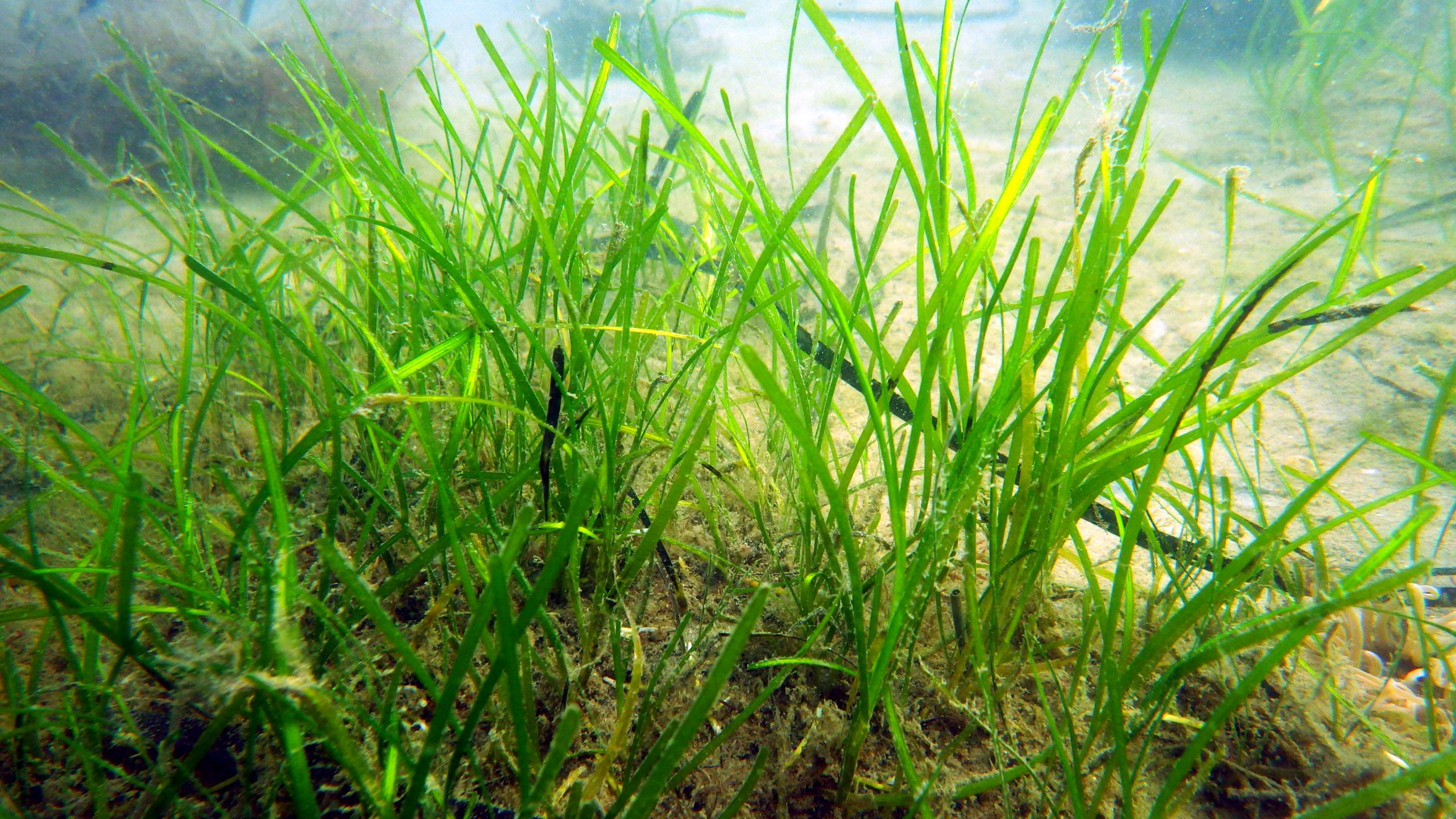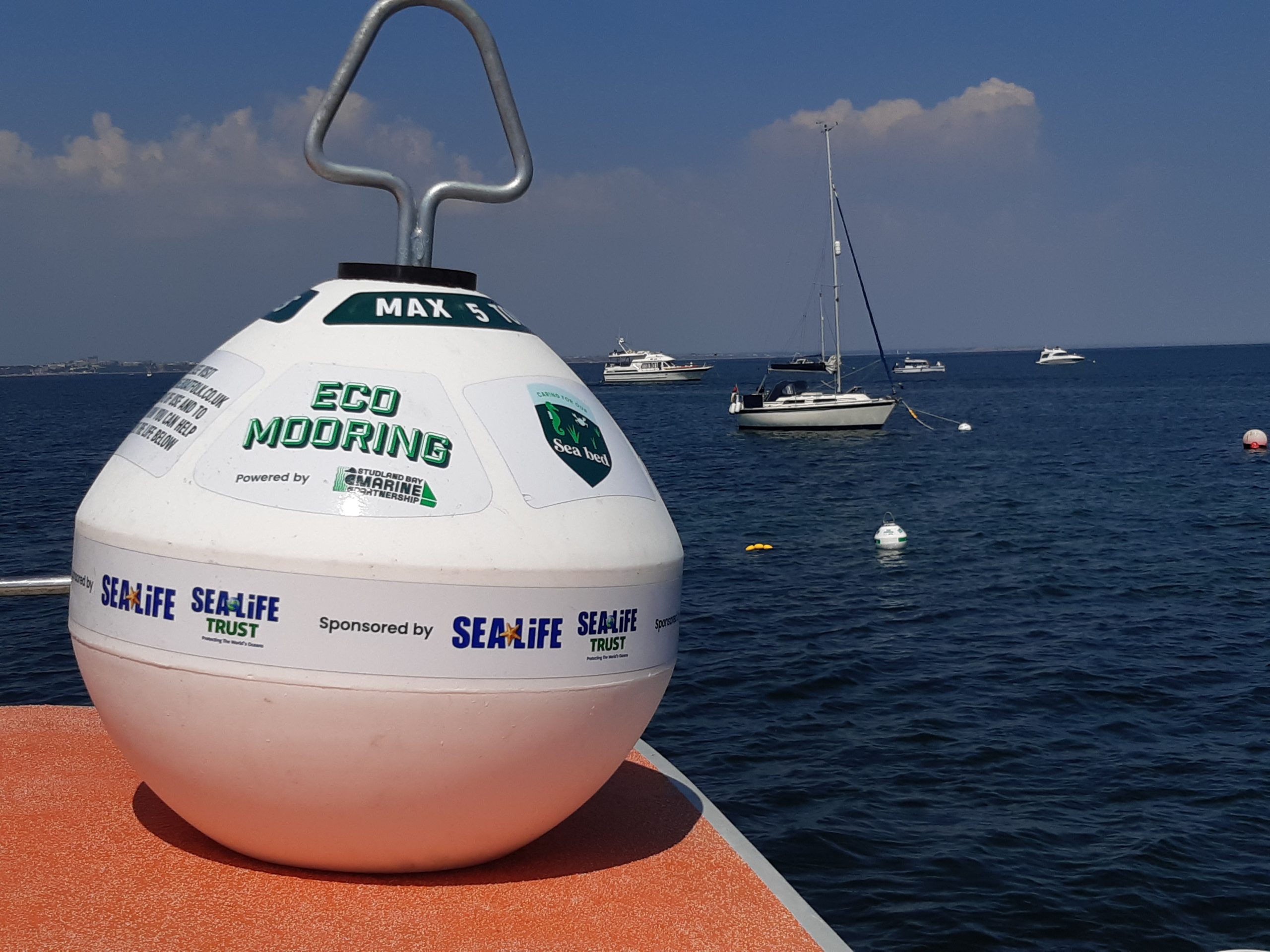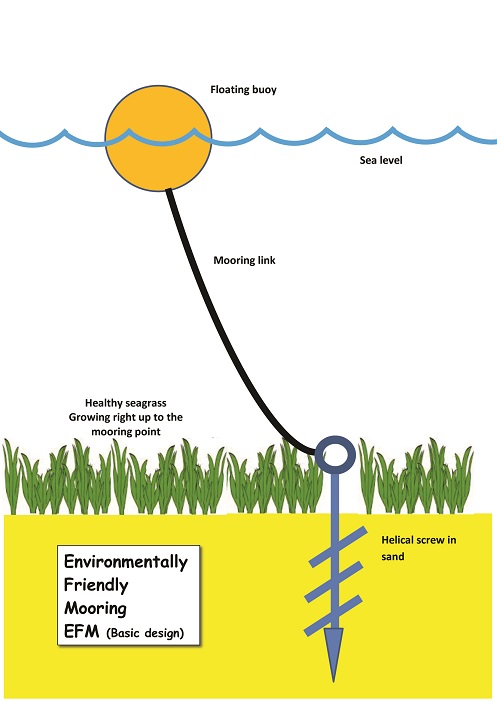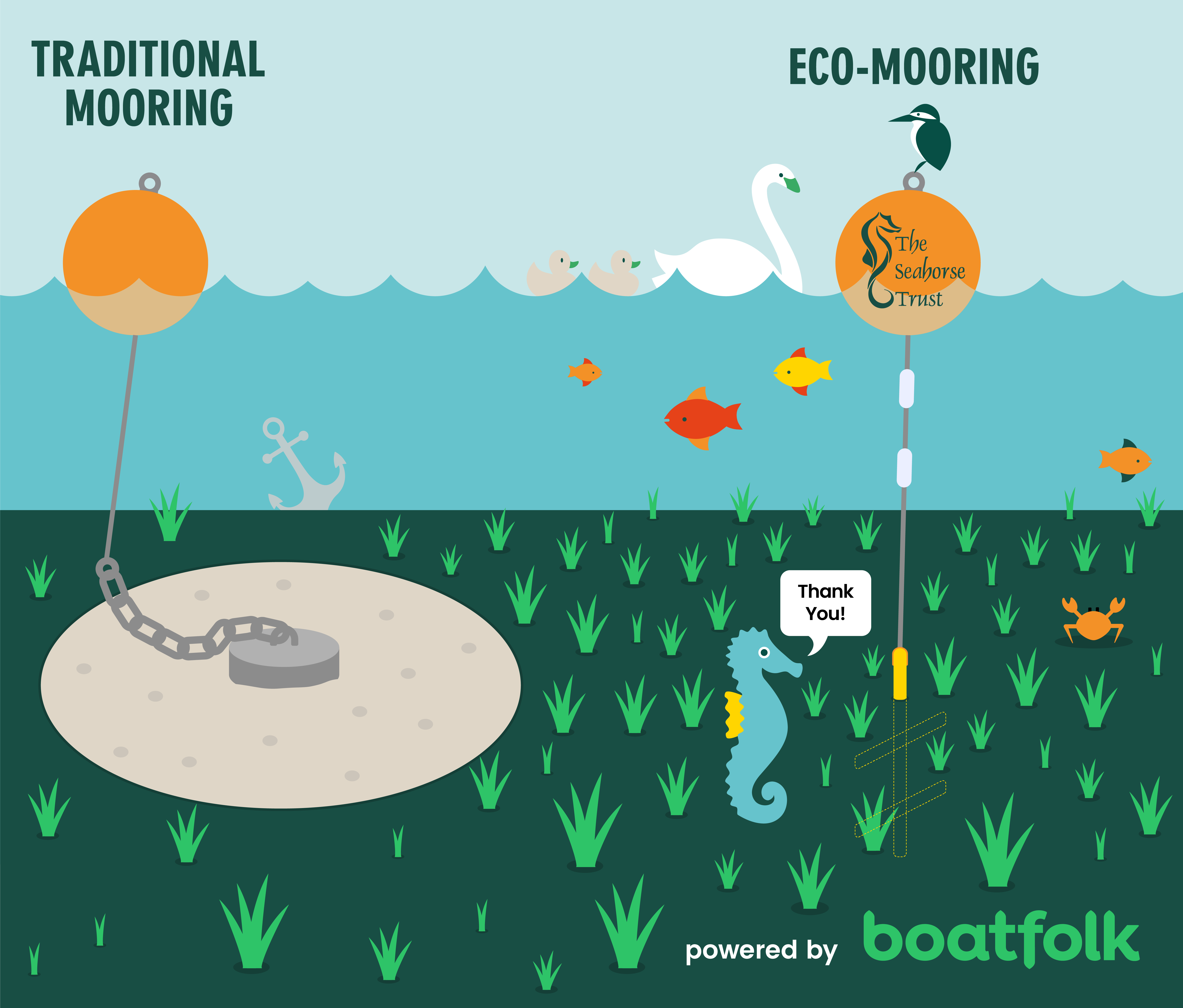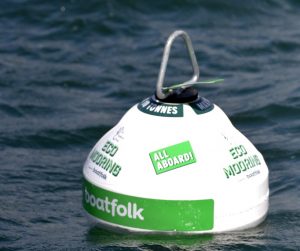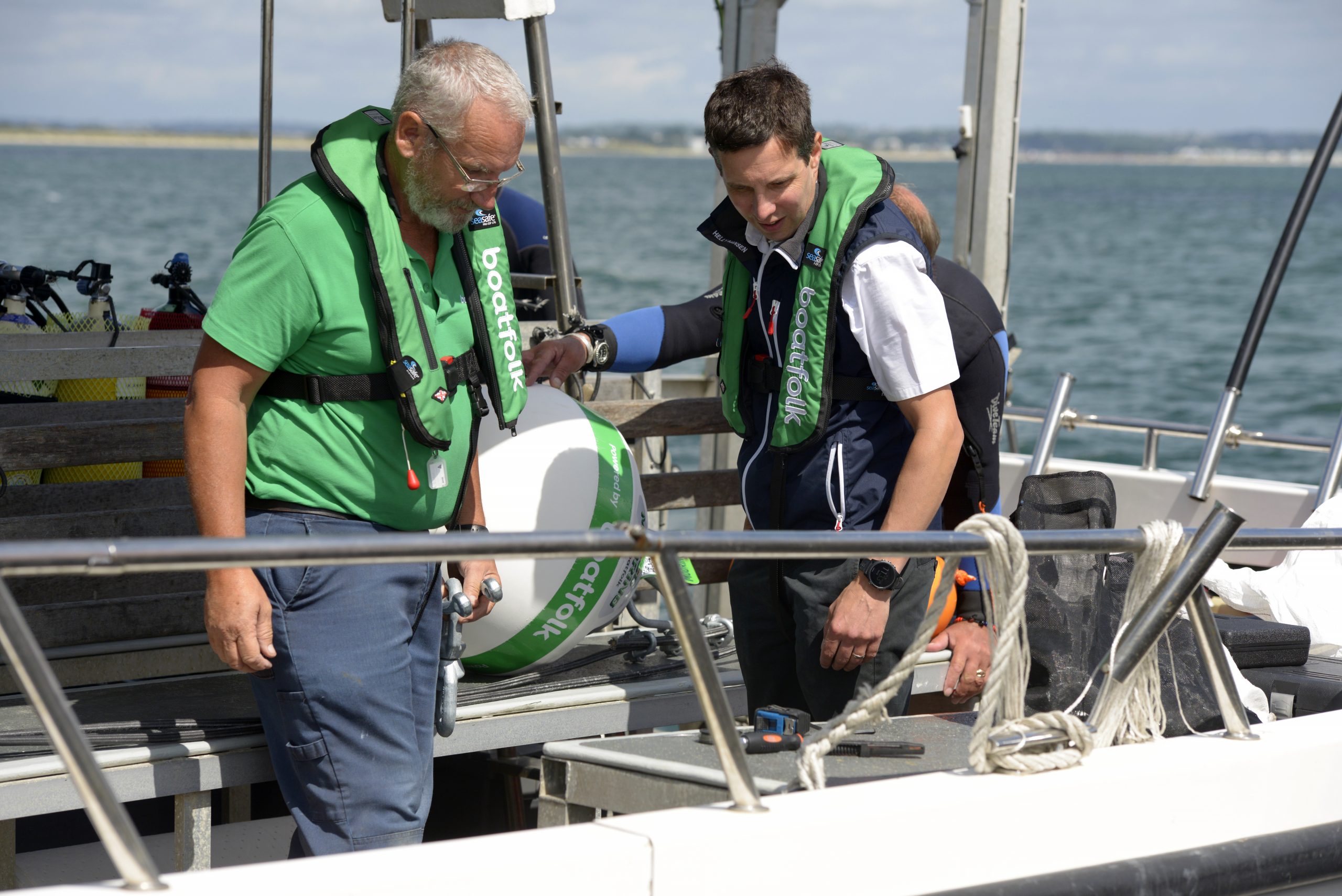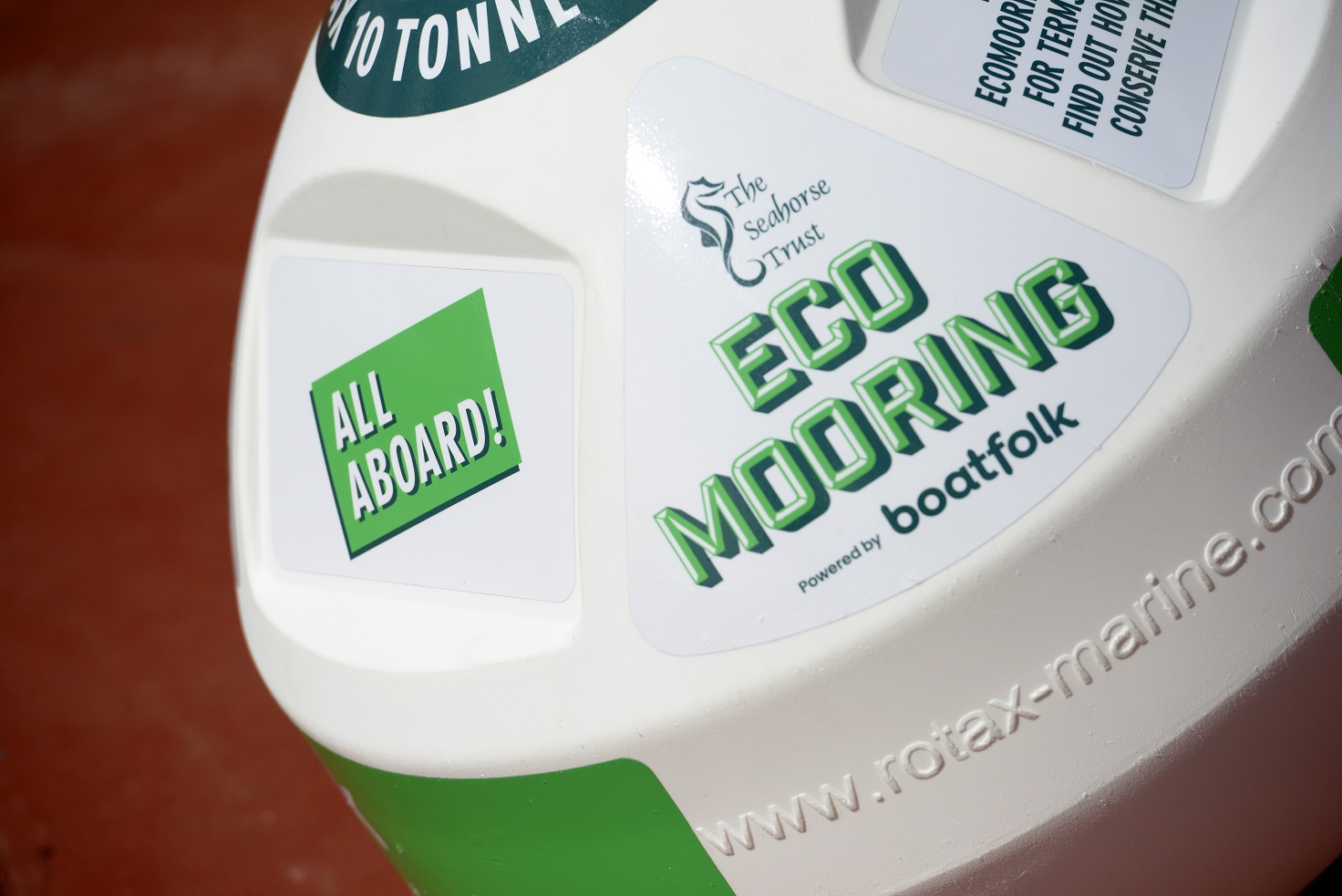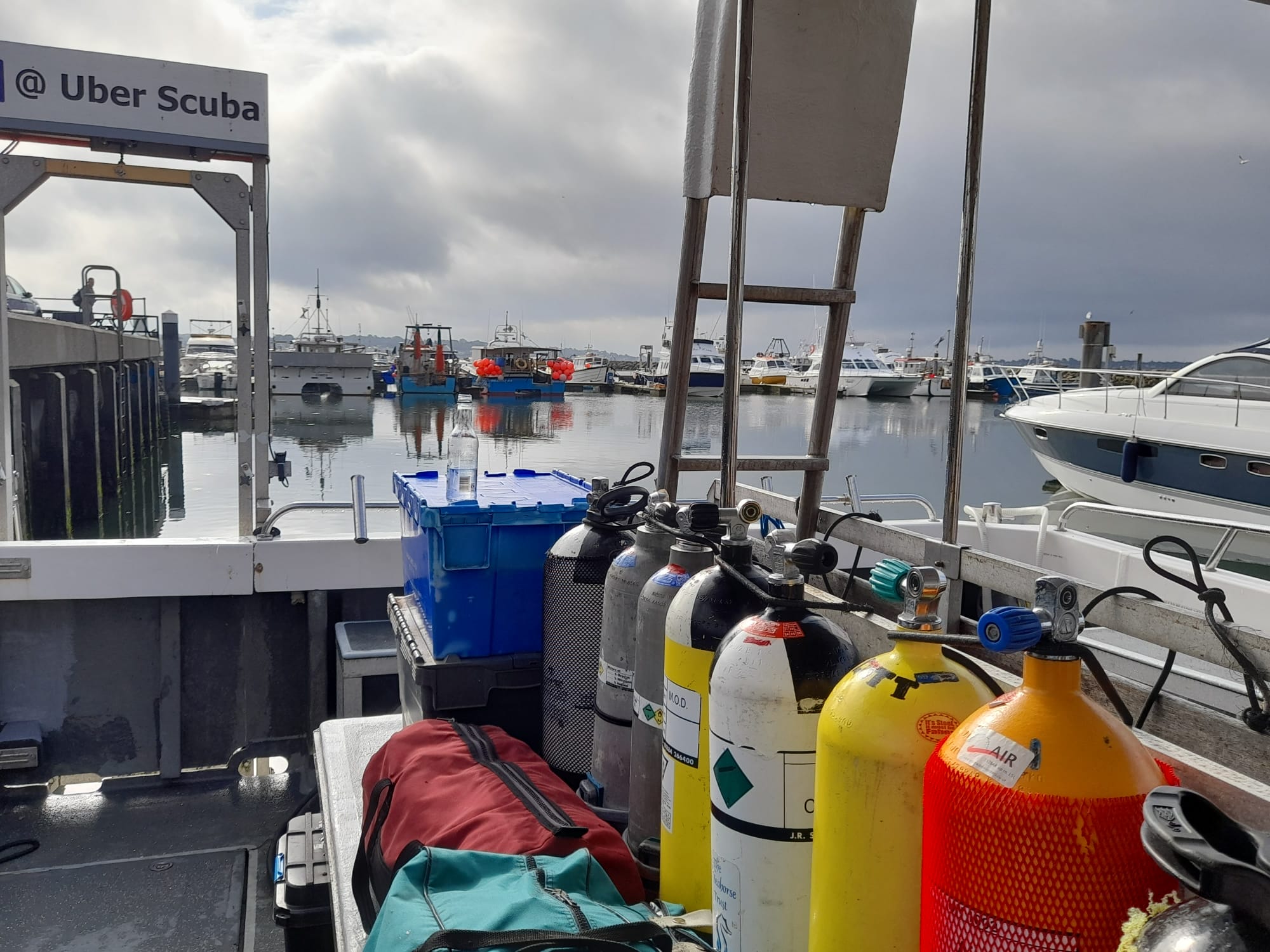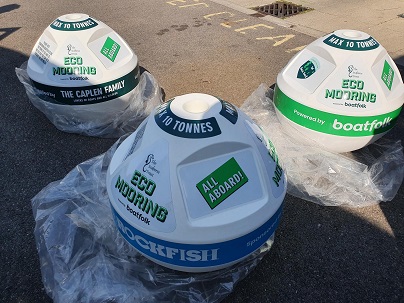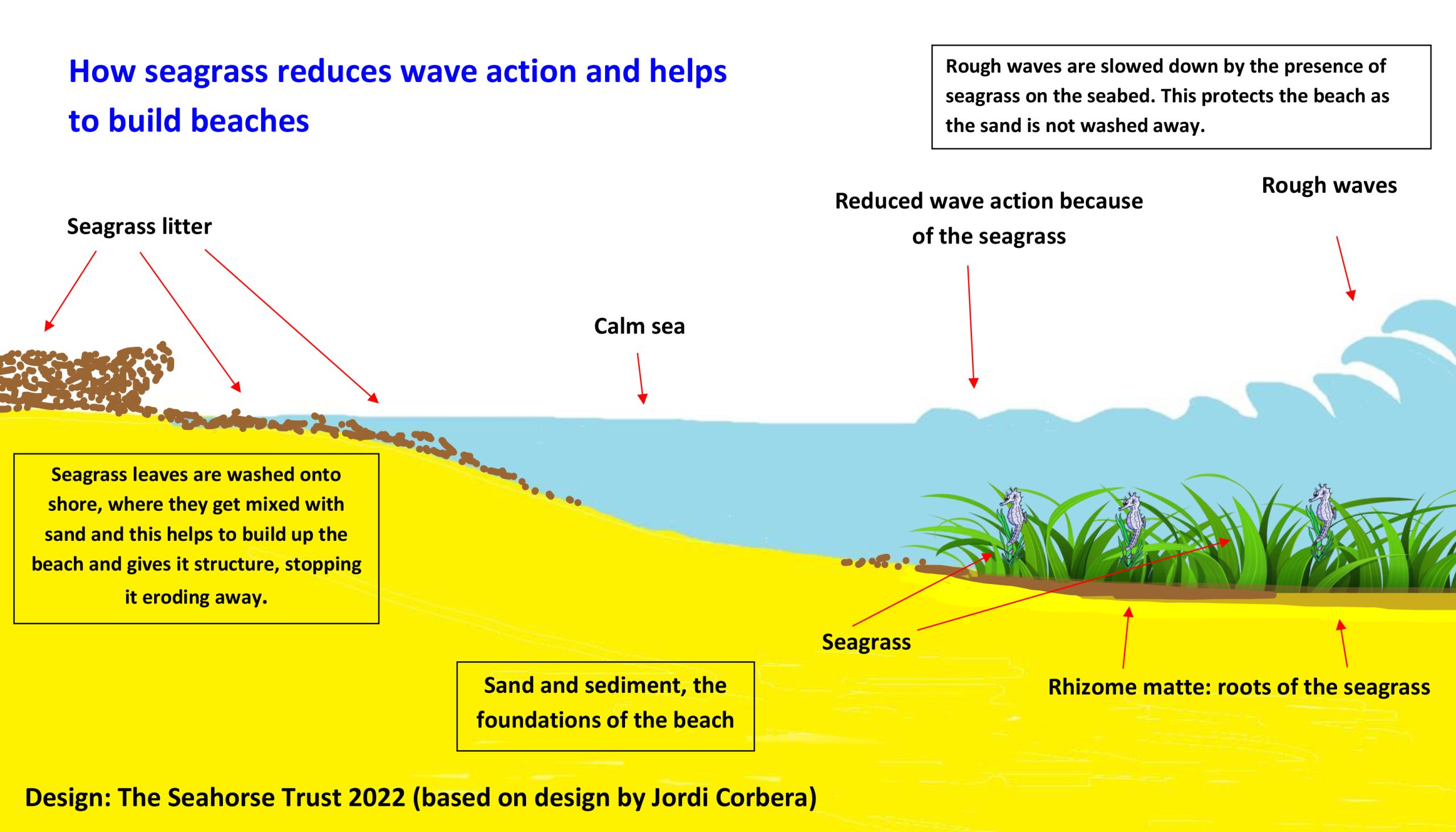Ecomoorings at Studland Bay in Dorset
The Seahorse Trust working with its partners at Boatfolk and the SBMP have put in 87 Ecomoorings into Studland Bay and this is just the start
Over the last few years, The Seahorse Trust with its partners at BOATFOLK boating and marina services and Studland Bay Marine Parntership, installed 87 Ecomoorings as the start of an ambitious project to take pressure off this highly sensitive site, which is home to seagrass and seahorses.
Studland Bay was designated as a Marine Conservation Zone in 2019 after 11 years of studying, surveying and campaigning by the trust and its partners at Southampton University. The site is very important for its seagrass meadow and its population of Spiny Seahorses both of which have been affected by an increase in the number of boats visiting the site.
These Ecomoorings will take the pressure off the site and allow it to recover to favourable conditions, which was the intention of the Marine Conservation Zone.


